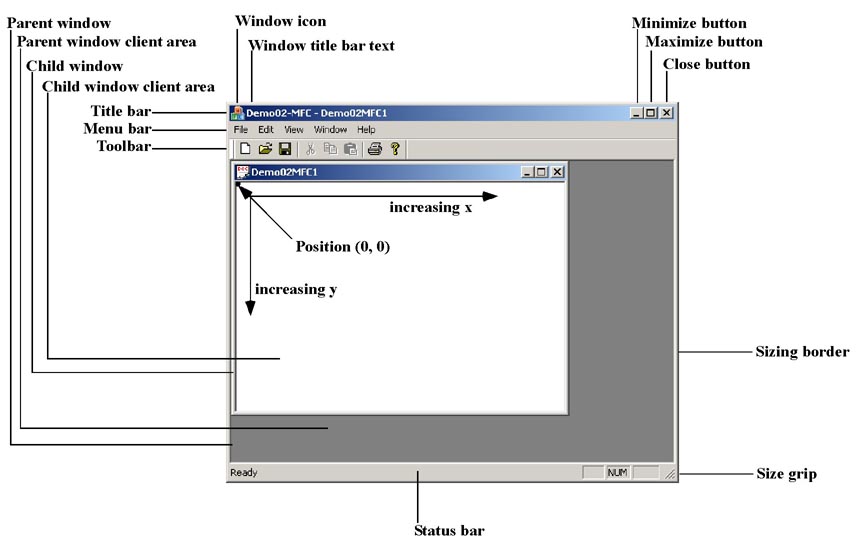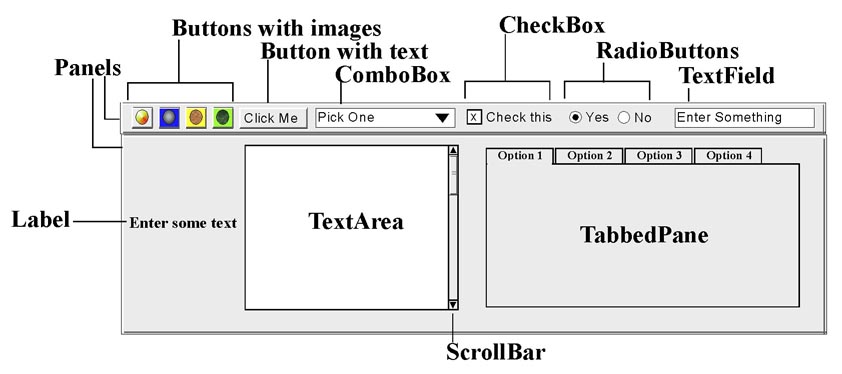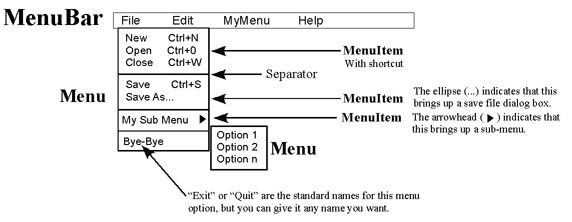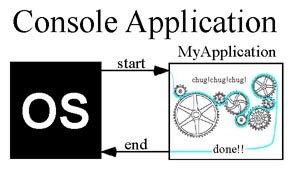

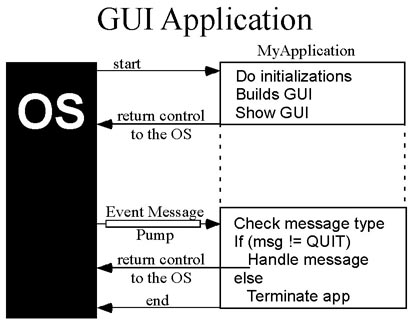
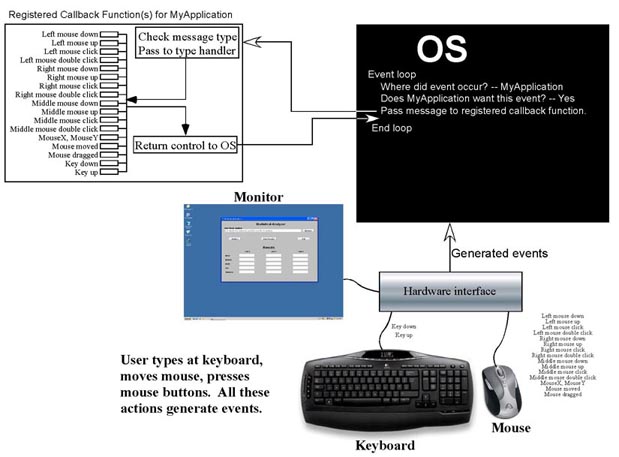

|
Using Windows API |

|
Using Microsoft Foundation Classes |

|
Using Windows Forms |
 Interesting that this is exactly the way Java is implemented. Microsoft essentially copied the
Java runtime environment idea. But, then again, Microsoft's C# programming language is nothing
but a "reorganized" Java that, unlike Java, won't run on any platform,
except Windows.
Interesting that this is exactly the way Java is implemented. Microsoft essentially copied the
Java runtime environment idea. But, then again, Microsoft's C# programming language is nothing
but a "reorganized" Java that, unlike Java, won't run on any platform,
except Windows.